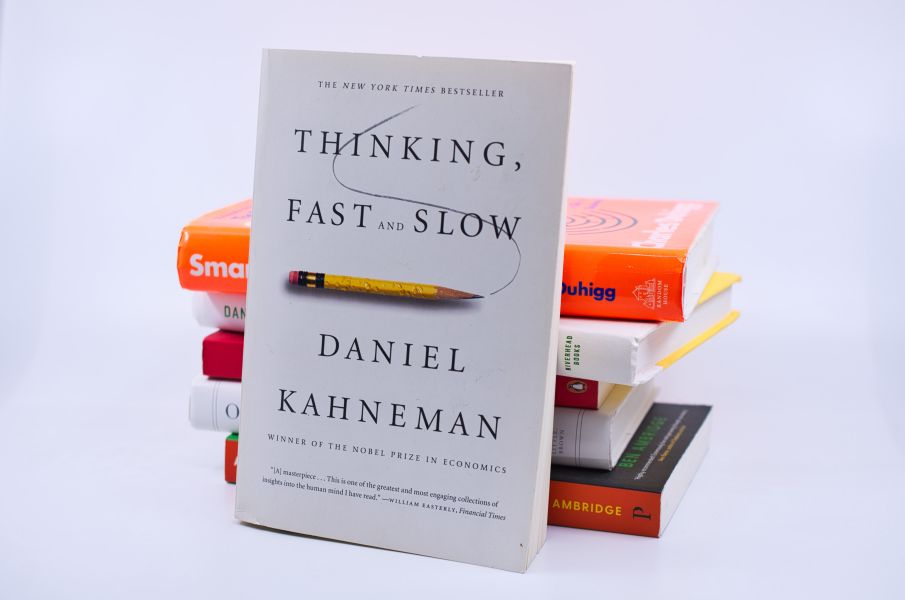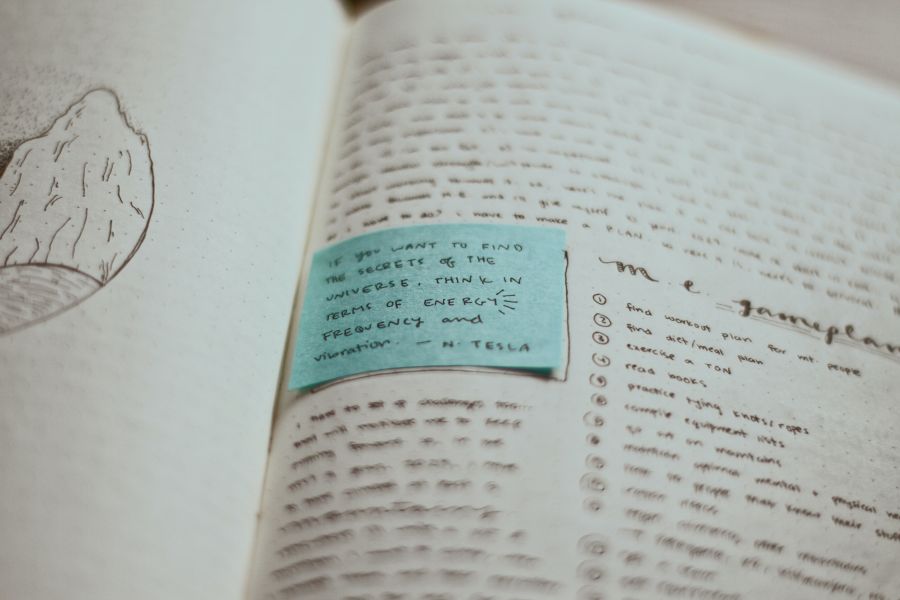Guiyuan Temple Chinese Buddhist temples are never single buildings. They always consist of a group buildings following a fundamental patter, which can, however, be modified. The main buildings and their symmetrically corresponding secondary buildings form individual groups and courtyards. The entire temple complex is spacious. The building inside the complex are usually single-storied and the main halls are sometimes decorated with a double roof. The towers, pavilions and halls can be multi-storied structures. The Chinese temple complex has been subject to great structural changes throughout the centuries. But temple architects follow the basic principles of secular structures from the Tang Dynasty onwards.
The complexes stand on a central axis, usually a north-south axis: east-west only as an
exception. (Guiyuan Temple is just the very exception.) The main buildings are strung along this central axis, their broadest sides facing south or east. The most important and most frequently
presented building inside a Buddhist temple complex are the main entrance gate, the bell and drum towers, the Hall of the Heavenly Kings, the Hall of the Buddha and a pagoda. Buddhism is said to be founded in India in the 6th century BC by Siddatha Gautama (BC565 –BC486), the son of a nobleman and member of the Kshatriya caste near the present borders of India and Nepal.
Buddhism advocates that all the people are created equal and turns against the caste system of Brahmanism, so it was popular with the common people. It was said that Buddhism was spread to China in 2 BC. At the beginning, it was only regarded as a kind of witch.
About 200 AD, Chinese version of Buddhist s criptures began to appear, and thus, Buddhist doctrines began to emerge with traditional Chinese religious thought. From 2nd century to late 6th century, translation and research of Buddhist sects with Chinese characteristics were becoming more and more popular and many temples were built, which reached its peak in Sui Dynasty
(581AD-617AD) and Tang Dynasty (618-907). Some Buddhist sects with Chinese characteristics came into being. Buddhism exerts a great influence on Chinese philosophy, literature, art and folk customs.
What is presented before our eyes is a copper statue of a famous bodhisattva in Hynayana Buddhism. Bodhisattva is a tittle which is only next to Buddha. This statue is the image of
Avalokitesvara, which has been popular with Chinese people or more than 1,000 years. She is called the Goddess of Mercy cordially by Chinese and is regarded as the symbol of kindness, mercy and benevolence.
When we visit the Avalokitesvara Pavilion after a while, I will give a detailed introduction about her. This copper statue was sent to Guiyuan Temple by Taiwan Buddhists in September 1990. It shows that all Chinese, whether in the mainland or in Taiwan, are eager for the reunion of the country, even including religion believers. The building we see now is the Buddha Hall where one certain Buddha and his two assistant bodhisattvases are worshiped. This Buddha is Amitabha Buddha.
Amitabha means incomparable brightness. According to Buddhism, time and space is limitless and thus there are many many Buddhas in different spaces and times. But in a certain space or in a certain period of time, there is only one certain Buddha who is in charge of instructing all living creatures. Amitabha Buddha is the Buddha who presides over the Land of Ultimate Bliss in the
west, which will come in the future. Buddhist s criptures describe the Land of Ultimate Bliss as a wonderland, in which no pain exists and the people enjoy their lives. In one word, it’s very attractive. Some people will think it must be very difficult to enter such a world.
How can I go to such a paradise? Maybe I have to work hard and bear a lot of sufferings. In fact, it’s very easy to enter the world. He only need often murmur ‘May Buddha preserve us’ sincerely. It’s enough. You see, the statue in the middle is the very Buddha. On his left is the
Goddess of Mercy. On his right is the other bodhisattva who follows the Buddha. It is said that he can save all the living creatures from three kinds of terrible disasters.
Now, let’s step into the Buddhist s criptures Pavilion where the s criptures of Buddhism are kept. But I ‘m afraid what attracts our attention at the first sight must be this snow-white statue. It is a statue of Sakyamuni, the founder of Buddhism. This statue was carved out of a big piece of jade which is 2-meter-tall and weighs 3 tons. It was carved by Myanmar handicraftsmen and donated to the temple by the Rangoon Buddhists in 1935. If we watch the statue, we may sense that the
peaceful expression on the Buddha’s face has brought us to a quiet and harmonious state. The last building we will visit is the Avalokitesvara Pavilion in the north yard.
When we entered the yard just now we saw a statue of her. Now I’d like to introduce her
carefully. As a goddess, she swore that she would not become a Buddha until all the living creatures suffering from pains were saved. So she became a bodhisattva who is most popular among the people and attracts the most believers of all the gods and goddesses in Buddhism. It was said that one would be saved from trouble and disaster as long as he (she) chanted her name and if it was heard by her.
Thus she is called Guanshiyin, which means ‘hearing or looking on the voices of the suffering’. Because of her kind heart and benevolence she got another title ‘the Goddess of Mercy’. According to Buddhism, bodhisattvases have no distinction of sex, that is, they are neither male nor female, because they are immortals. But it’s very strange and interesting that most of bodhisattvases were engraved or carved in the images of various kinds of men in human society. Changes didn’t take place until an emperor’s mother thought it was inconvenient to worship a male bodhisattva in her bedroom.
From then on, Guanshiyin, the bodhisattvas began to appear before her believers in the image of a beautiful and elegant lady. We’ll pay a visit to a very serious, sacred place. Generally, the place is regarded as the most holy by Buddhists. It is the Grand Hall, where the founder of Buddhism, Sakyamuni is worshiped. It is always the center of a Buddhist temple in construction and in Buddhists’ mind. The statue in the middle is Sakyamuni.
According to Buddhism his mother gave birth to him in a garden. He belonged to Kshatreya Caste. He married his cousin when he was 16 or 17 years old. At the age of 29, he was confronted with the sights of an old man, a sick man, a corpse, and a wandering ascetic. With eyes opened to aspects of life newly revealed to him, he broke from the material world and became an ascetic. Six years later, he gave up mystic concentration that at last brought him enlightenment under a bo tree. He then founded an order of mendicants and spent his next 45 years preaching his ideas until his death. These two statue beside the Buddha are his two disciples. The one on the right was said to be Sakyamuni’s cousin and he had good memory so that he could remember all the Buddha told his
disciples. The one on the left was said to be the lord of Brahmnism and he once was Sakyamuni’s tutor.
But afterwards he was convinced by Buddhism after long-term debate between Buddhism and other religions and he accepted Sakyamuni as his tutor. Thus he became the eldest one of all
Sakyamuni’s disciples. Next, we’ll pay a visit to the Ahrat Hall in the south court. The Ahrat Hall is an important structure in a Buddhist temple. But not all temples have an Ahrat Hall, especially, well-kept Ahrat Halls are very rare in China. This one is among them, and what’s more, it has its own unique characteristics. Generally, an Ahrat Hall is a square building. The building is subdivided into four small square courts so that the hall can get enough sunlight. This kind of structure show some lucky implies in Chinese Buddhist culture. Another characteristic about the hall lies in these sculptures themselves. They were neither made up of wood, nor stone, nor clay.
A special way was taken in making them, which could prevents them from being burned, being soaked or being eaten by insects. All the sculptures were floating in water while Wuhan was flooded in 1954, but, surprisingly, they were sound and safe after the flood had receded. It was really a wonder. Ahrats are the immortals in Buddhism. But when you have a look around the sculptures, you may find from the expressions on their faces that they are so familiar to you. That’s only
because they were molded on the basis of the people in the reality, so they are human beings in our daily life rather than immortals.
Ahrats are the symbols of harmony, happiness, and good luck, so the Wuhan natives have got used to counting ahrats since ancient time to pray for peace. There are a few ways of counting ahrats. We can count from the first ahrat from left to right or from right to left, when we just enter the hall. We can also choose any ahrat as our starting point, and count in the same way, left to right or right to left. We should base counting on our own ages whatever we take. For example, I’m 25, so I should stop in front of the 25th ahrat from the starting ahrat.
The sculpture in front of which I stop is my lucky ahrat. My lucky ahrat will accompany me to spend a peaceful and lucky year. Wouldn’t you like to have a try now? If you need, I can explain connotation of some ahrats. That’s all for the explanation to Guiyuan Temple. Thank you for your cooperation and understanding.
You will have another 30 minutes to have a look around the temple. If you have any problems, do let me know. I would like to repeat our bus number, A3074. Please don’t forget. See you later.
推荐文章
黑龙江高考排名31220左右排位文科可以上哪些大学,具体能上什么大学2024-06-09 12:16:55
厦门华天涉外职业技术学院的民航运输服务专业排名怎么样 附历年录戎数2024-06-09 12:13:50
福建高考排名2890左右排位物理可以上哪些大学,具体能上什么大学2024-06-09 12:09:30
四川高考排名166380左右排位理科可以上哪些大学,具体能上什么大学2024-06-09 12:04:40
河南高考排名322500左右排位理科可以上哪些大学,具体能上什么大学2024-06-09 12:00:47
湖北高考排名111530左右排位物理可以上哪些大学,具体能上什么大学2024-06-09 11:57:53
岭南印象园导游词范文(通用五篇)2023-08-26 11:47:16
精选布达拉宫英语导游词2023-08-25 10:13:45
儿童公园牡丹园导游词2023-08-18 02:53:49
经典企业励志演讲稿:梦想的启航船2023-08-18 07:11:47
岭南印象园导游词范文(通用五篇)2023-08-26 11:47:16
精选布达拉宫英语导游词2023-08-25 10:13:45
儿童公园牡丹园导游词2023-08-18 02:53:49
四川九寨沟导游词(精选十五篇)2023-08-25 20:30:57
湖北省有名景点导游词2023-08-16 06:59:48
关于颐和园导游词(十五篇)2023-08-11 18:06:54





